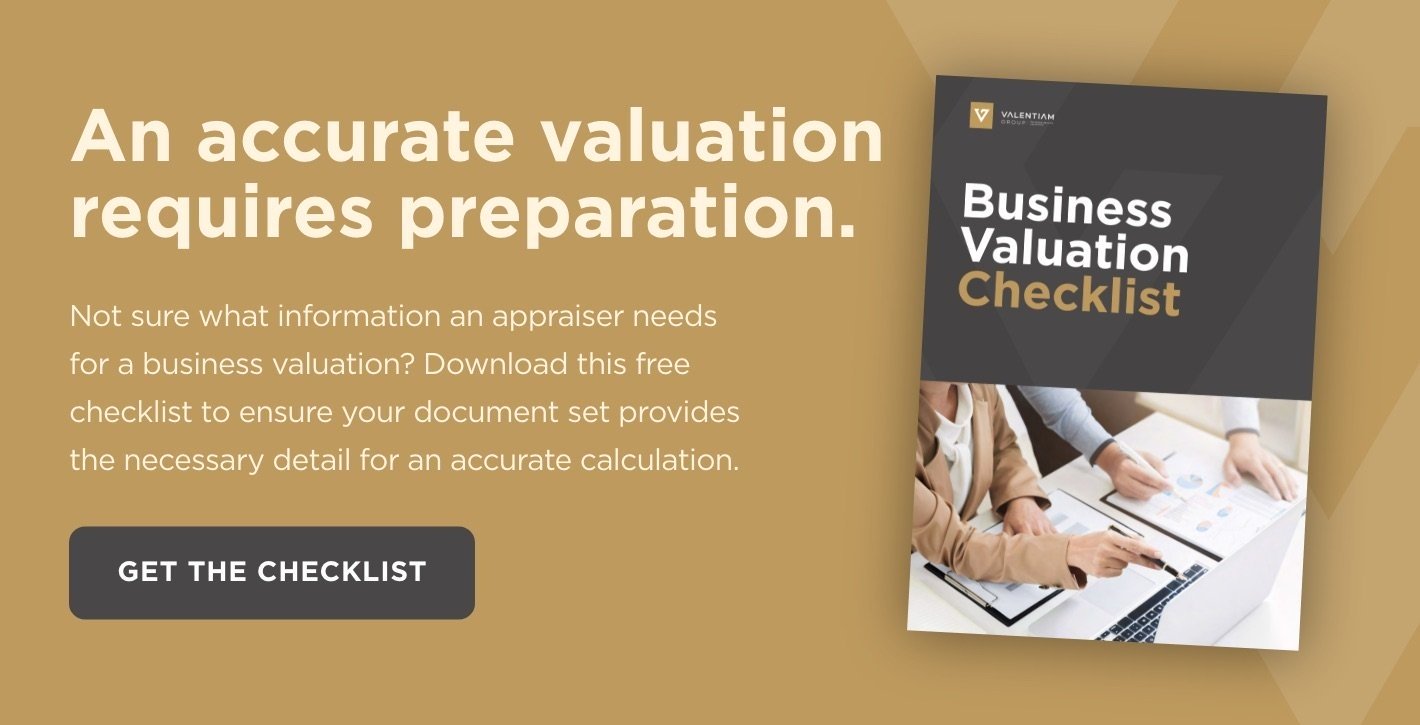

Intangible assets are nearly always more difficult to value than tangible assets, for several reasons. In the case of intellectual property (IP), intangible assets by definition have no exact comparables; this uniqueness is the defining characteristic of IP. Active markets, where they exist, are as a result less definitive in establishing value since it’s acknowledged that comparables can be hard to define—and because intangible assets are, well, intangible. Particularly in the case of new, unproven IP, it can be extremely difficult to determine value since it largely depends on the accuracy of forecasts.
As a result, there are few objective metrics for valuing intangible assets. Valuation methods and models for reliably valuing intangibles—intellectual property (IP) in particular—are becoming increasingly important, as intangible assets comprise an ever-growing share of all corporate assets.
In this article, we’ll look at what falls under the umbrella of intangible assets and examine how to value intangible assets.
Intangible assets (intangibles) are any asset that lacks physical form yet still has value for the owner. Intangibles fall into two broad categories: identifiable intangibles and value enhancement.
In the identifiable intangibles bucket is intellectual property (IP), such as patents and trademarks, customer relationships, and contracts. These assets typically have the legal right of property and can be sold or separated from the business. Owners can exploit these assets in the business, through license fees or royalties, or selling these assets. In the other category, intangibles such as work processes, skilled management, and a trained workforce provide competitive advantages and enhance the value of a going concern but cannot be sold separately from the enterprise.
Given their intangible and unique nature, the question of how to value intangible assets essentially comes down to choosing the right method for valuation—and the application of good judgement.
The five primary intangible asset valuation methods are based on the three classic approaches to valuation—the market, income, and cost approaches—and incorporate principles and elements of these approaches. For the value of specific intangible assets, one method will likely be more appropriate than the others. These are the five methods used in the valuation of intangible assets:
Valuing intangibles is usually more difficult than valuing tangible assets and often requires significant application of judgement. But by using these methods, a seasoned valuation expert can calculate a defensible fair market value.
At Valentiam, our valuation experts have decades of combined experience in providing accurate, defensible valuations and transfer pricing services. We perform appraisals and provide transfer pricing solutions to U.S. and international companies in a variety of industries—including several Fortune 100 organizations. Contact us to see how we can help your company with all its valuation and transfer pricing needs.


Intellectual property valuation is a complex process, but essential for accurately valuing businesses. Here’s what you need to know about IP valuation.

In light of COVID-19, here’s what multinational businesses should take into account with regard to intangible asset valuation and intercompany transference.